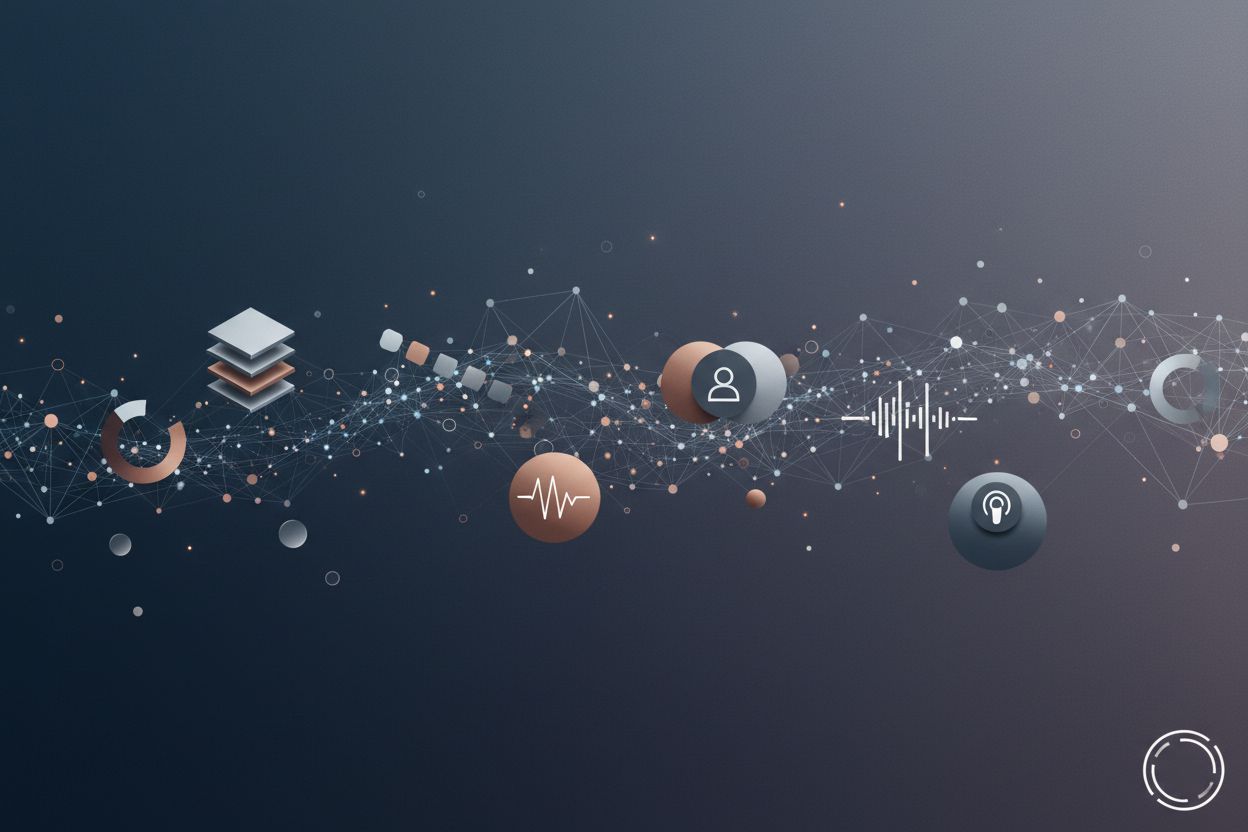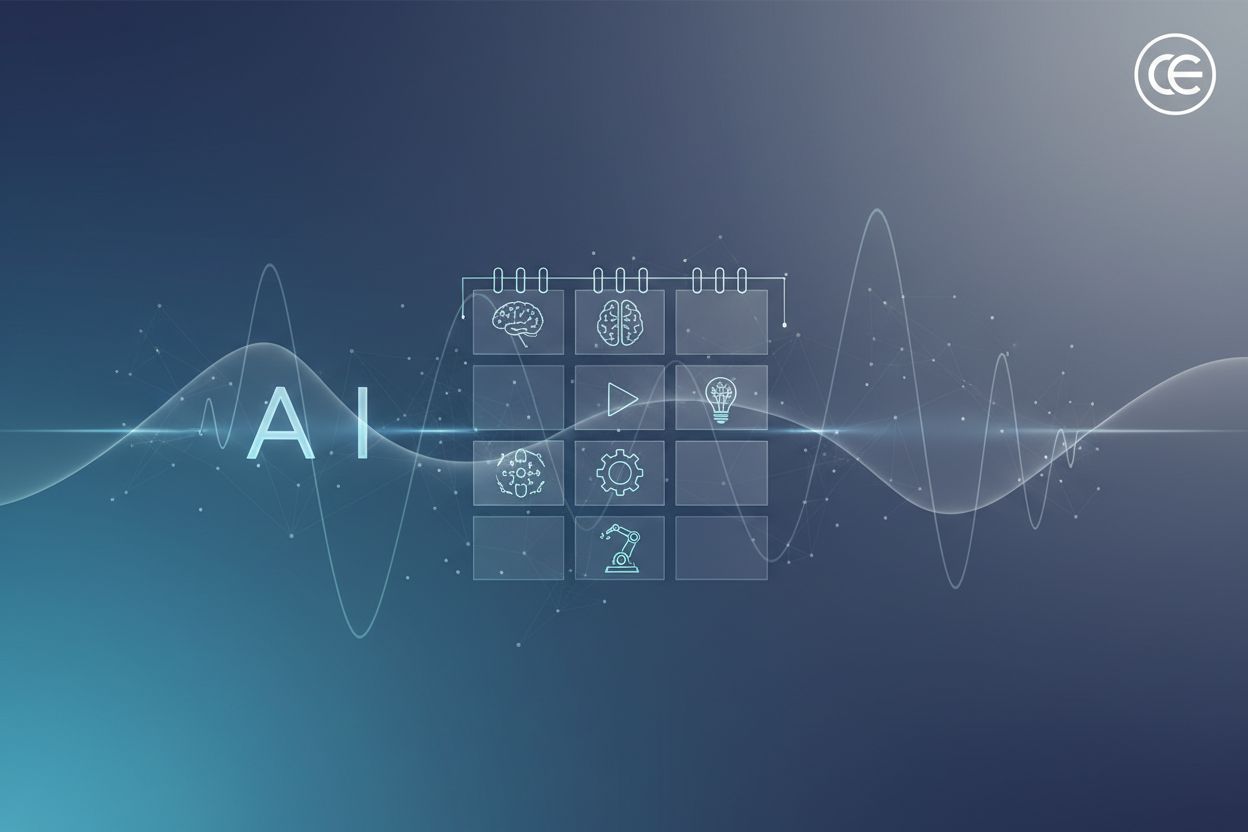How to Leverage AI Trends in Food Content Creation
TL;DR
The Rise of AI in Food Content: An Appetizing Overview
Okay, so ai in food content—it's kinda like adding a secret ingredient, right? But instead of grandma's special spice, it's algorithms and data. Sounds kinda sci-fi, but it's already changing how recipes are created, blog posts are written, and even how targeted ads are delivered.
- Automation is the name of the game. Think about it: ai can whip up recipes based on, like, whatever ingredients you have in your fridge. (MyFridgeFood - Home) It can also write blog posts and social media content. It's meant to free up food bloggers and marketers to focus on the big picture and be more creative.
- Optimization is key. Ai tools can analyze what kinda food content does well with different audiences. This is helpful for bloggers and marketers to understand things like keyword density, readability, and sentiment analysis, and helps them get more views.
- Mindset shift. Content creators need to embrace ai as a partner – not a replacement. It's about learning to work with these tools.
Social media is flooded with food pics and videos, and everyone is always looking for the next viral recipe. But this also means a constant need for fresh, engaging material.
- Keeping up with demand is hard. Ai can help food bloggers and marketers pump out content faster, which can be a huge competitive advantage. (How AI Personalization Is Revolutionizing Food Marketing)
- Personalization is the future. Ai can analyze food trends and preferences to make content that really connects with specific groups of people, making it more likable and shareable.
- Competitive edge. Ai can provide a competitive edge by personalizing content and optimizing marketing efforts.
So, yeah, ai is here, and it's hungry for food content.
AI-Powered Tools for Every Stage of Food Content Creation
Okay, so you're trying to write food blog posts that, like, actually connect with people? Ai writing assistants can help–it's not some crazy robot takeover, it's more like having a super-organized, slightly quirky writing partner. Think of it as your digital sous chef, but for words.
These ai tools can do more than just, you know, spellcheck. They can help you craft blog posts, articles, and even those catchy social media captions that get people drooling over your content.
- Grammar and style? Nailed it. These tools are grammar nazis in the best way possible, catching errors and suggesting improvements.
- SEO? Consider it handled. Ai can optimize your content for search engines, making sure your recipes and food stories actually get found by the hungry masses.
- Content Variety. From how-to guides to restaurant reviews, ai can spin up different types of content, keeping your blog fresh and engaging.
Okay, so where can you use ai writing tools? Well, think about a local bakery that wants to write a blog post about their new sourdough bread. With an ai writing assistant, they could quickly generate a draft, focusing on the bread's unique flavor and texture. This capability offers significant advantages for businesses like local bakeries.
Or imagine a food magazine struggling to keep up with demand for content. They could use ai to create initial drafts of articles, freeing up their writers to focus on more in-depth reporting and, well, the actual food tasting.
Listen, ai isn't gonna replace our creativity (at least, not yet). It's a tool, and like any tool, it's only as good as the person using it.
- Don't be afraid to edit. Ai-generated content is a starting point – not the final product.
- Add your personality. Make sure your voice and unique perspective shine through.
- Double-check everything. Ai can make mistakes, so don't blindly trust it.
So, yeah, ai writing tools are like the newest gadget in the kitchen–they can be super helpful, but you still need a skilled chef to create something amazing.
Jazzing Up Your Visual Food Content with AI
Now, let's talk about making your food content look as good as it tastes. Visuals are huge in the food world, and ai can seriously level up your game here.
- Image Generation and Enhancement. Ever needed a specific food image but couldn't find the perfect one? Ai can generate unique images based on your descriptions. Think of it as having an endless supply of custom food photography. It can also enhance existing photos, adjusting lighting, color, and even removing unwanted elements to make your dishes pop.
- Video Editing Assistance. Creating engaging food videos can be time-consuming. Ai tools can help with tasks like automatically cutting clips, adding captions, and even suggesting background music, making your video production much smoother.
- Personalized Visual Experiences. Just like with text, ai can help tailor visual content. Imagine showing different images of a dish to different audience segments based on their preferences – maybe a close-up of the texture for some, and a wider shot with plating for others.
By leveraging these ai tools, you can create more eye-catching and shareable food content that truly stands out in a crowded digital space.
Strategies for Effective AI-Driven Food Content Creation
Okay, so you're wanting to use ai to make food content, but how do you make sure it still feels, well, you? And not some robot chef? It's a valid question.
That's where brand voice and style comes in. You know, that thing that makes your content uniquely yours.
- Consistency is paramount. Think about your favorite food blogger. You know their style, right? Ai can help maintain that style.
- Enhance, don't replace. Don't let ai completely take over. Use it to make your style shine even brighter.
- Guidelines are your friend. Make sure ai "knows" what your brand is all about. Tone, language, the whole deal.
Okay, so you got your voice down, what about your audience? Ai can help you get personal, which can be super helpful.
- Data, data, data. Ai can analyze what your viewers like, what they click on, what makes 'em drool.
- Email magic. Imagine sending out emails with recipes that people actually want to see based on what they’ve liked before. That's ai at work.
- Chatbot chefs. Ai chatbots can whip up personalized cooking advice, answer questions–it is instant engagement.
Alright, now for the boring stuff that ai can actually make kinda cool.
- Content calendars? Automated! Let ai schedule your posts for maximum impact.
- Repurpose, recycle, reuse. Turn a blog post into a tweetstorm, a video script, whatever. Ai can do it.
- Consistency is key. An ai content calendar can get you to stay on top of your content and brand.
"The Stanford Screenomics is an open-source platform for unobtrusive multimodal digital trace data collection from Android smartphones" - Publications | The Human Screenome Project. This platform, and similar tools, can be leveraged for content scheduling and distribution by analyzing user engagement patterns to determine optimal posting times and channels.
So, say you're a small bakery owner. Instead of spending hours scheduling posts, you use ai to create a content calendar.
Or, maybe you're a food magazine. You use ai to personalize email campaigns based on what readers have been browsing.
It's about making ai work for you, not the other way around.
Ai in food content is about making your life easier and your content better. Just remember to keep it real, keep it personal, and, for goodness sake, don't let the robots take over the kitchen.
Ethical Considerations and Future Trends
Okay, so, ethical ai in food content? It's not just about avoiding robot chefs, but making sure ai isn't serving up bias with its recipes. And what about the future? Are we talking Jetsons-level food printers? Let's dive in.
Ai models, they're only as good as the data they learn from, right? If that data is all, like, one type of cuisine, guess what kinda recipes ai starts churning out? Exactly.
- Bias in, bias out. If your ai is trained only on Western recipes, it's gonna think everyone wants apple pie. Gotta feed it a diverse diet–Indian, Ethiopian, Peruvian–the whole shebang.
- Actively seek out and use diverse data sources to train your ai models, ensuring representation from various cultures and cuisines. For example, a global food brand could partner with culinary experts from different regions to curate authentic recipe datasets, or utilize multilingual datasets to ensure broader appeal.
- Regularly review ai-generated content for potential biases. It's not a one-and-done thing, you know? Culture evolves, language changes, keep the ai on its toes.
For food bloggers, this could mean manually curating diverse recipe datasets, and for larger companies, it might involve hiring ethicists to oversee ai training.
Ai isn't just a fad, it's like the new electric stove – it's gonna be in every kitchen eventually. The question is what kinda gourmet meals it'll be cooking up in the future.
- More personalized food experiences. Imagine an ai that knows your allergies, your favorite flavors, and your current mood. It could whip up a recipe tailored just for you.
- Ai in food sustainability. Ai could optimize food production, predict supply chain disruptions, and even reduce food waste. That's not just cool, it's kinda necessary.
- Culinary convergence. Ai might be able to predict flavor pairings we haven't even dreamed of, leading to some wild new dishes.
So, ai is here to stay, it's kinda our responsibility to make sure it's used ethically and creatively. It's kinda exciting.



